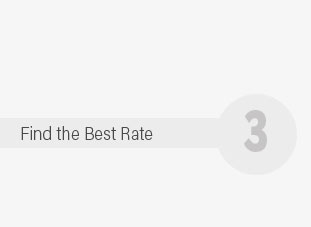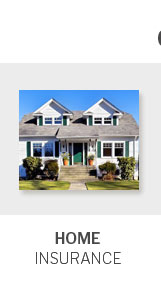 |
 |
 |
|---|
 |
 |
 |
 |
|---|
 |
 |
 |
 |
 |
 |
|---|

Understanding Homeowners Insurance Rates: Expert Tips and AdviceHomeowners insurance is an essential safeguard for one of your most significant investments: your home. However, navigating the intricacies of insurance rates can often feel like deciphering an enigma wrapped in a riddle. Let’s dive deep into understanding these rates and explore some expert tips to ensure you're not overpaying. Firstly, it’s crucial to comprehend the factors that influence homeowners insurance rates. Insurance companies consider various elements, including the location of your home, its age, construction type, and even your credit score. Homes in areas prone to natural disasters like hurricanes or floods typically face higher premiums. Meanwhile, newer homes with updated systems might enjoy lower rates due to reduced risk of claims. Location, Location, Location: The geographical location of your home plays a pivotal role in determining your insurance rate. Proximity to coastlines, high crime rates, or even the distance from the nearest fire station can significantly impact your premiums. Thus, if you’re in the market for a new home, consider these factors carefully to avoid unforeseen insurance costs. Age and Condition: The age and condition of your home are also critical. Older homes may possess a charm that's hard to resist, yet they often come with outdated electrical, plumbing, or roofing systems. These aspects can increase the likelihood of claims, thereby elevating your insurance rate. Regular maintenance and timely upgrades can mitigate these concerns, potentially lowering your premiums over time. Credit Score Impact: Believe it or not, your credit score is more than just a number for lenders-it also affects your insurance premiums. Insurers often use credit scores to assess the risk of a potential policyholder. Maintaining a healthy credit score by paying bills on time and reducing debt can lead to more favorable insurance rates. When it comes to practical advice, shopping around is paramount. It’s advisable to obtain quotes from multiple insurance providers. Rates can vary significantly, and what one company considers a high risk, another may not. Utilize online comparison tools and consider working with an independent insurance agent who can provide insights across various insurers. Additionally, bundling your home insurance with other policies, like auto insurance, might earn you a discount. Another tip is to review your policy annually. Life changes, such as home renovations or significant purchases, can alter the coverage you need. Ensuring your policy reflects your current situation can prevent over-insurance or costly gaps in coverage.
Ultimately, understanding and managing homeowners insurance rates involves a combination of awareness, proactive measures, and regular reassessment of your policy. By staying informed and strategic, you can ensure that your home is well-protected without breaking the bank. https://www.consumerreports.org/money/homeowners-insurance/why-home-insurance-costs-so-much-and-how-to-pay-less-a6189826846/
On average, homeowners saw a 12 percent jump in premiums in 2023, and then an additional 6.9 percent increase in the first half of 2024, ... https://www.bankrate.com/insurance/homeowners-insurance/states/
The national average cost of homeowners insurance is $2,258 per year for $300,000 in dwelling coverage, but this cost will likely differ depending on which ... https://www.insurance.wa.gov/how-do-insurance-companies-set-homeowner-premiums
Insurance premiums go up when the costs involved in repairing or replacing your home go up. Repairs are more expensive and take longer and claims are taking ...
|
|---|